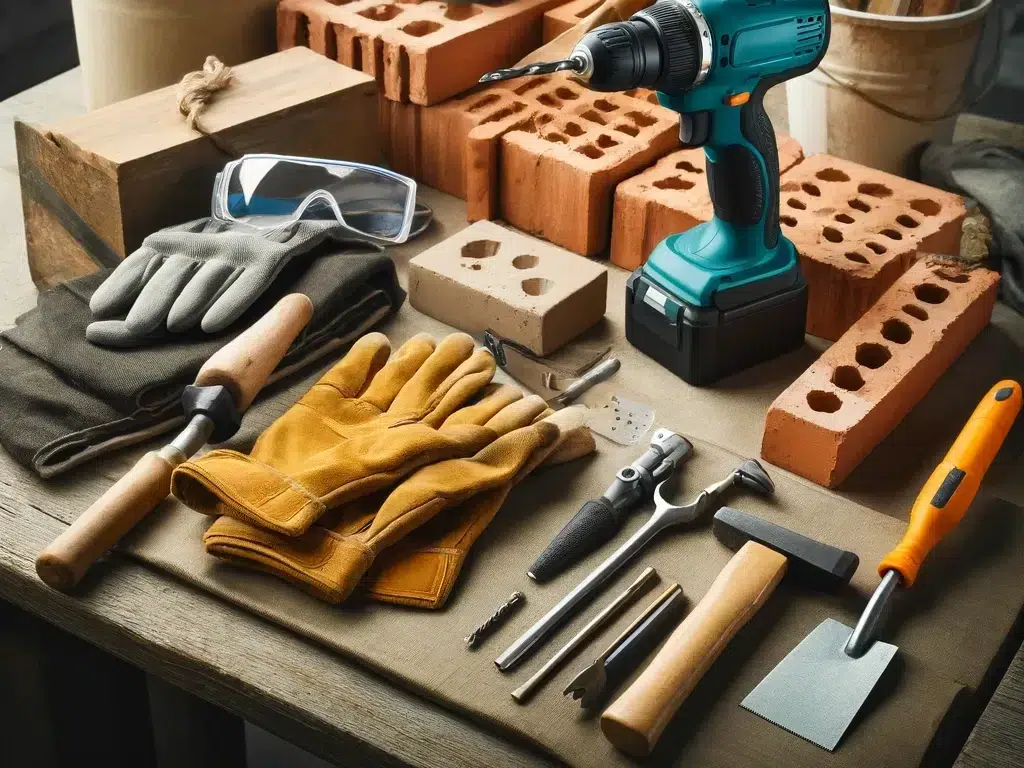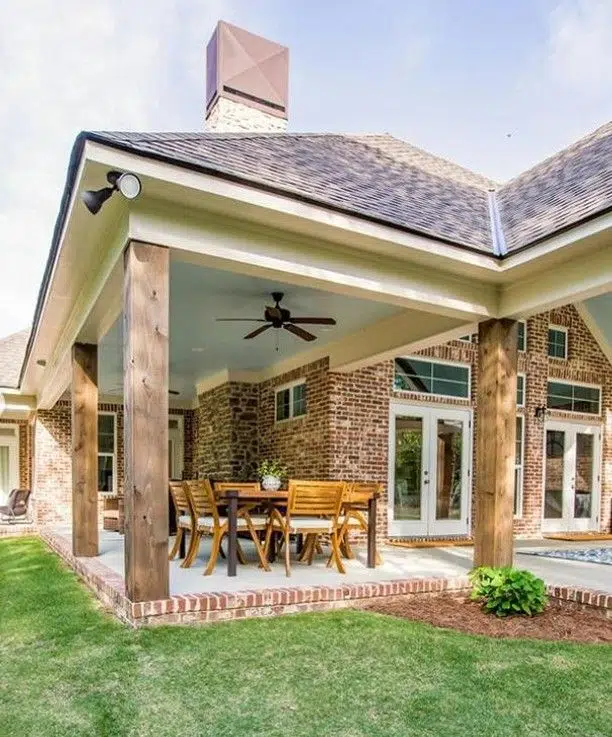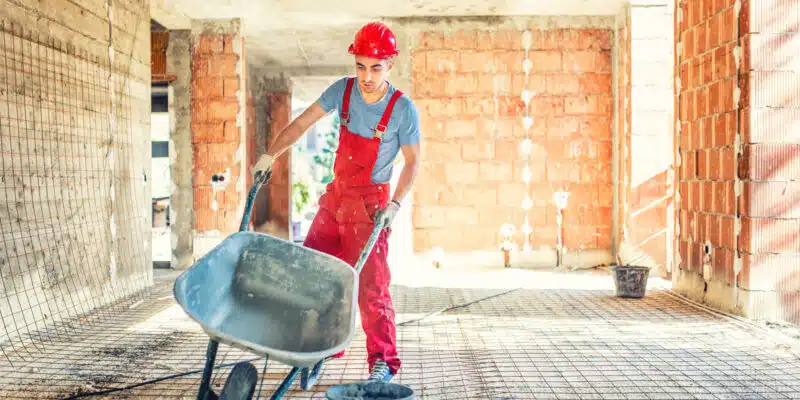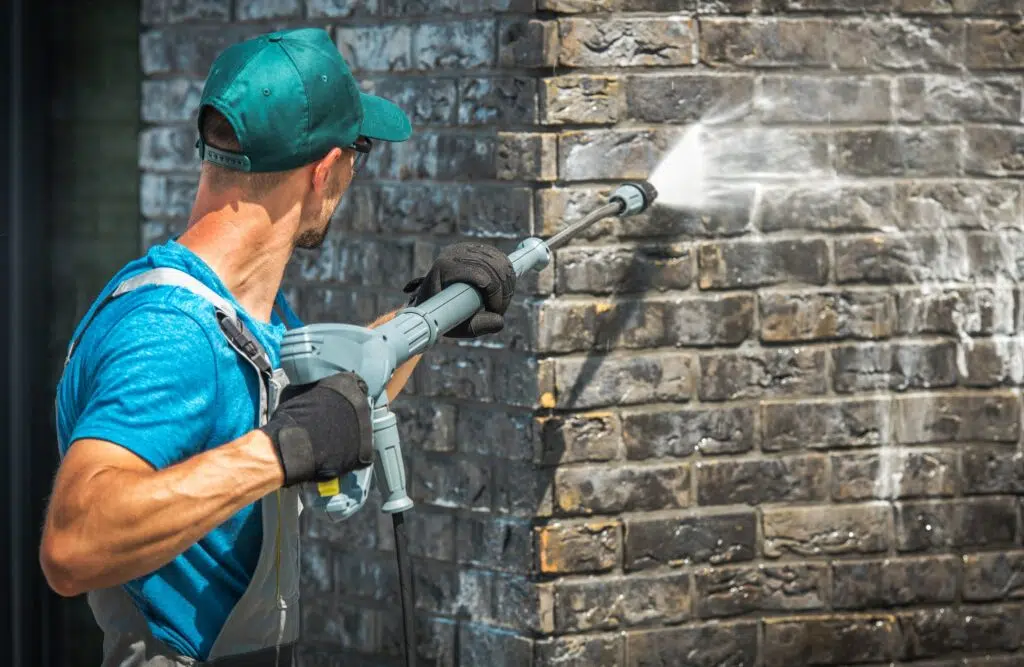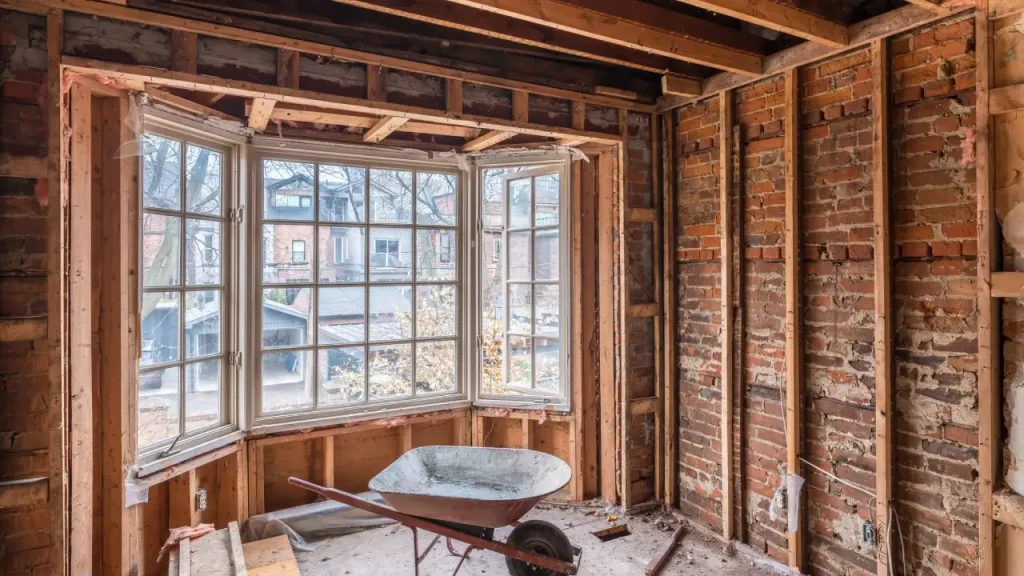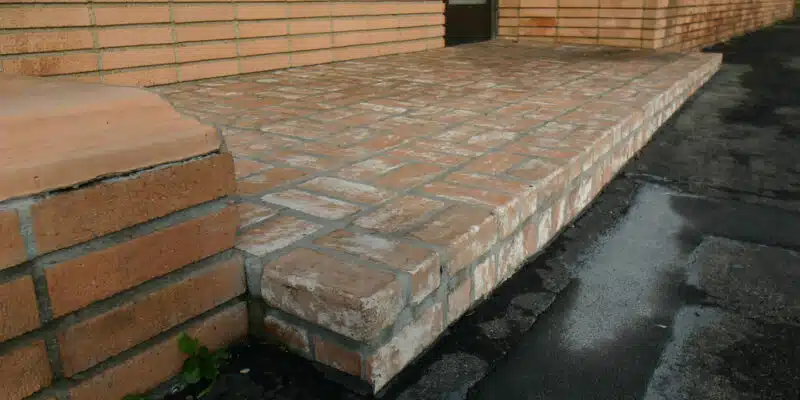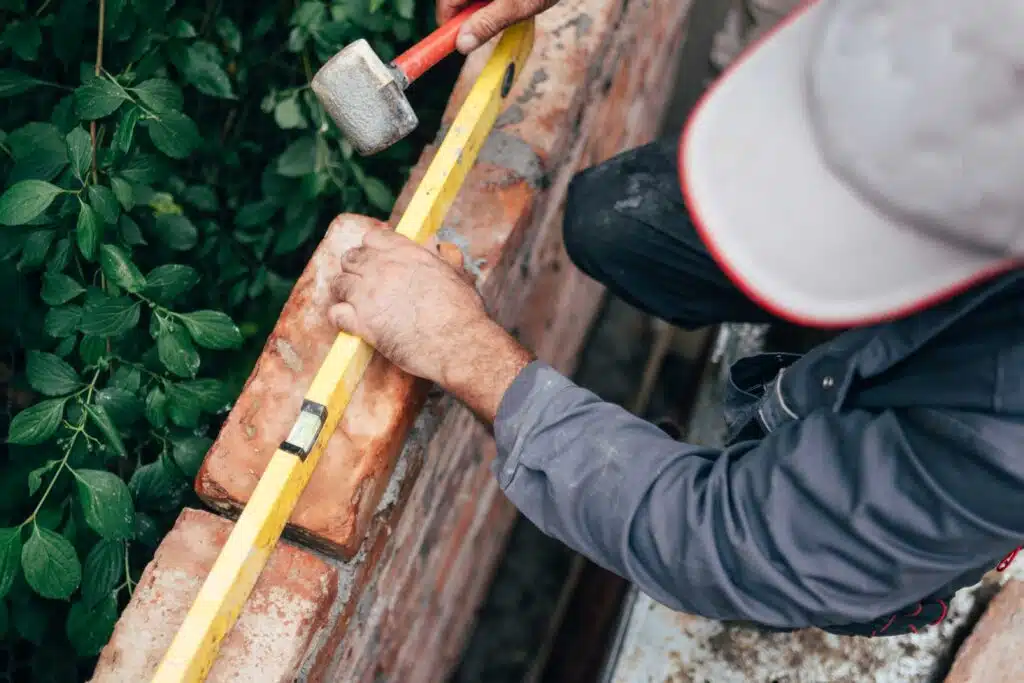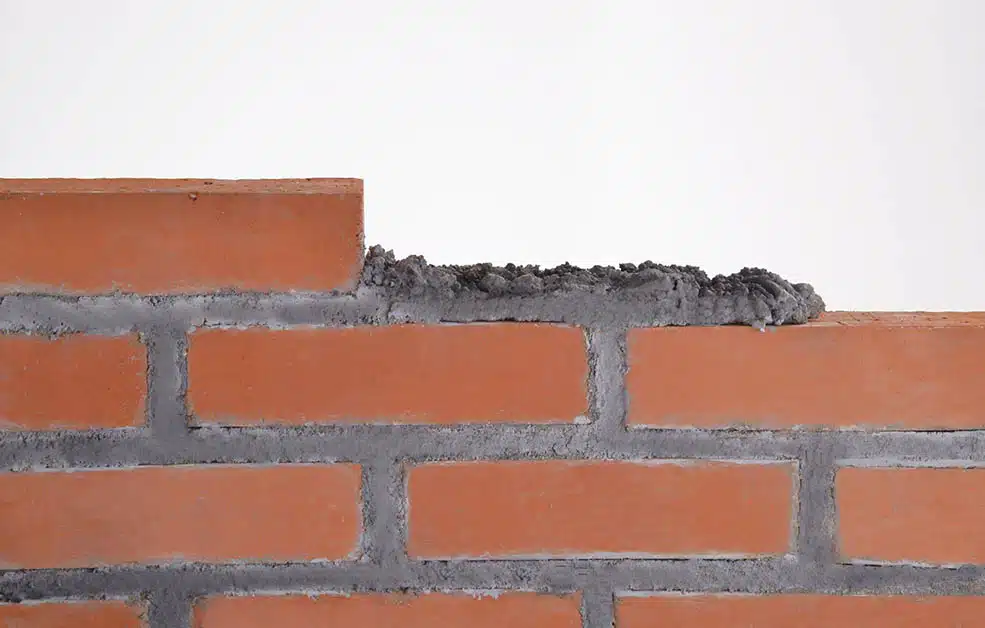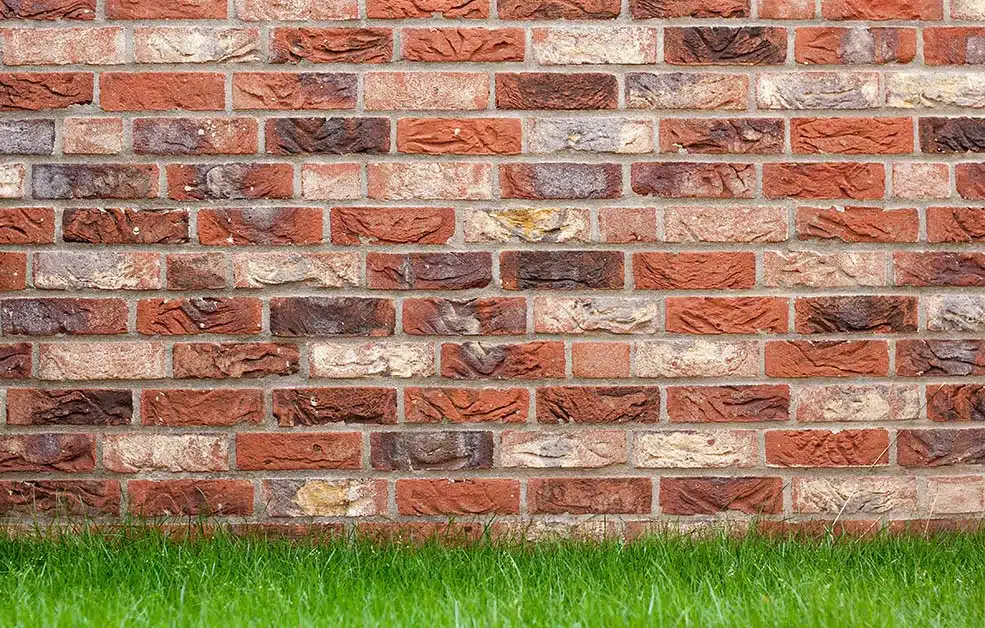What is your return policy?
We offer a 30-day return policy on all items. If you are not satisfied with your purchase, you can return it for a full refund within 30 days of receiving it.
Do you ship internationally?
Yes, we ship to over 100 countries worldwide. Shipping costs and times vary based on the destination.
How can I track my order?
Once your order has shipped, you will receive an email with a tracking number. You can use this number to track your order on the carrier’s website.
What payment methods do you accept?
We accept all major credit cards, PayPal, and bank transfers.
Can I change or cancel my order after it has been placed?
Orders can be changed or canceled within 1 hour of placing them. Please contact our customer service team as soon as possible to make any changes.

